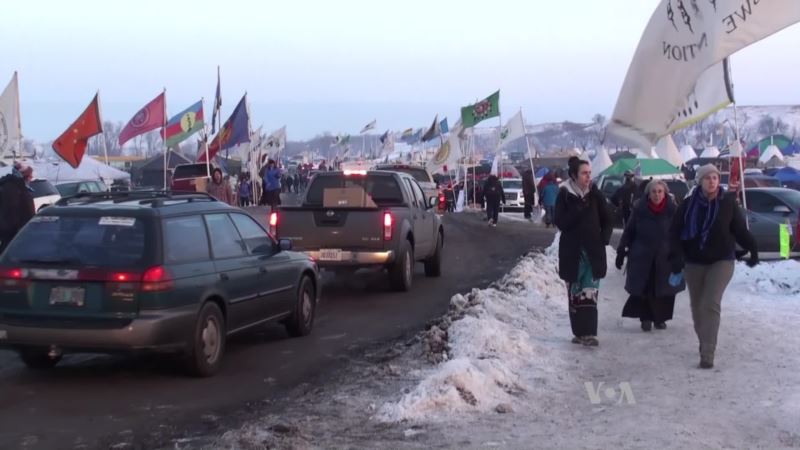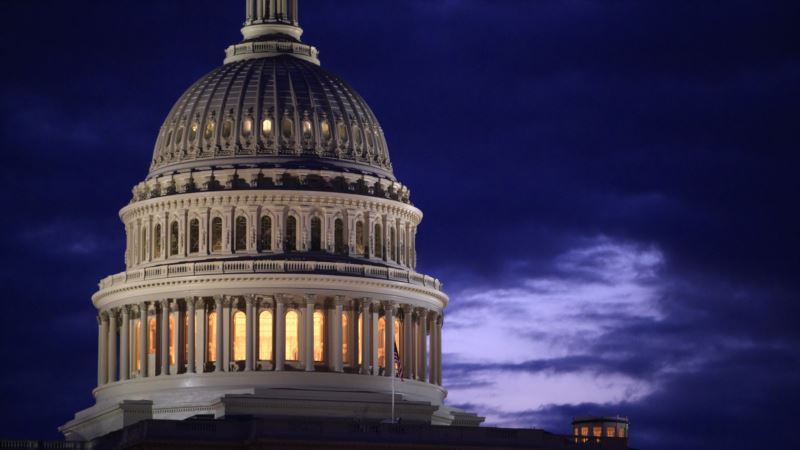News reports around the world in recent weeks have focused on protests against the Dakota Access Pipeline, which was to pass under Lake Oahe, a Missouri River reservoir, transporting oil from the western regions of the state through South Dakota and Iowa to a terminal in Illinois. At issue for many protesters are the rights of indigenous people, as well as the protection of water resources. The standoff near Standing Rock also involves a larger issue, however, and that is opposition by some environmentalist groups to the use of fossil fuels, which scientists say contribute to global warming. The $3.8-billion Dakota Access Pipeline would never have been proposed, planned or funded were it not for the incredible increase in oil production in this northernmost Central Plains state in the past 12 years. Using the hydraulic fracturing and horizontal-drilling technology developed in Texas to extract natural gas from shale deposits deep below the earth’s surface, drillers in North Dakota’s Bakken shale region were able to produce large amounts of oil as well as gas. Soon derricks and pump jacks spread all over the northwestern part of the state and beyond. Towns like Williston and Watford, near the picturesque Badlands, struggled with fast population increases as workers poured in from other states. Energy boom North Dakota soon passed Alaska to become the second-largest oil-producing state in the United States, just behind Texas. The industry now generates more than $12 billion annually and supports more than 30,000 direct jobs. In 2001, just before the oil boom, North Dakota’s Gross National Product (GDP) was well below the U.S. average; by 2011 it was 29 percent above the national average. The earnings of oil workers support local businesses and help create jobs outside the energy sector. Tax revenue from the industry has also helped this relatively remote, lowly populated state to fund many projects that benefit all citizens, according to North Dakota Governor Jim Dalrymple’s spokesman, Jeff Zent. “It has allowed us to do some great things for North Dakota, a lot of capital projects, statewide infrastructure improvement,” he said. “It is definitely felt throughout the entire state.” Pipeline protest friction The protests that pushed the U.S. Army Corps of Engineers to put the Dakota Access Pipeline on hold while a thorough assessment is completed, though, also generated frictions between the Standing Rock Tribal Council and the North Dakotans, including some American Indians, who benefit from the oil and gas industry. Some critics also accuse “radical groups” from elsewhere of having had too much control of the protest activities. In a VOA interview at the state capitol, Zent said some of the anti-fossil-fuel groups involved in the protest opposed the pipeline even though environmental experts have judged it to be much safer than the rail lines used now to transport oil. “You have organized groups who oppose what appears to be a very sound project, a project that actually provides one of the safest transportation modes for oil,” said Zent. “That is a concern not only for industry, but it should be a concern for everybody.” Zent said most people in North Dakota support the continued development of oil, gas and coal, along with renewable energy. He said North Dakotans have strong ties to the land and want to protect the environment, but the Standing Rock conflict has created ill feeling. The protesters say police blocking them from the construction site used excess force, including rubber bullets, flash-bang grenades and water cannons, in freezing weather, against unarmed demonstrators. Law enforcement officials assert that some protesters attacked them. Zent said the conflict has strained state courts and state funds. “There is a considerable cost to the government to provide public safety, those costs are adding up everyday and I think, generally speaking, the people of North Dakota would like this to be resolved,” he said. Standoff far from over The decision to halt the last phase of the pipeline construction and the arrival of a blizzard late Sunday put everything on hold. But many participants in the protest movement have vowed to remain at the camp on the Cannon Ball river to make sure officials follow through. Frederica Helmiere, who participated in a multi-faith service at the protest camp Sunday and left after the announcement of the Army Corps of Engineers decision, told VOA a close community of American Indians, environmentalists and ordinary citizens who support them has developed at the camp and they will remain vigilant. “I think a fair number of people will stick around to make sure,” she said. “I think they were prepared to be there through the whole winter; I think they were prepared for the long haul. If need be, I think, this community can stay there for a long time and my suspicion is that they will want to make sure that this is, in fact, truly dead in the ground.” At the same time, however, some pipeline supporters are optimistic that President-elect Donald Trump, who strongly supports U.S. domestic energy development, will reverse the decision to halt the pipeline construction once he takes office on January 20. But legal experts say that might not be easy. The U.S. Supreme Court has ruled federal agencies cannot arbitrarily change policies or abandon studies, such as the assessment of the Dakota Access Pipeline’s route, just because a new president has taken office and orders a reversal. The assessment could take months to complete, and the company carrying out the construction may opt for a different site rather than wait that long.
North Dakota Oil Production Continues Despite Pipeline Halt






